New Research Reveals Influence Of Project Management On World Art

Unlike many other noble professions such as Saviour, Saint or Autocrat, the project management profession is rarely celebrated in mainstream art.
However, take a closer look and it is soon apparent that many works from both Western and Eastern traditions secretly celebrate the trials and tribulations of project managers through sophisticated metaphor and symbolism.
Following extensive research over several half hours, I can finally reveal the hidden meanings behind 10 masterpieces.
William Blake’s Newton as Project Architect

Project managers are rarely recognised for the vast intellectual effort they habitually invest in designing robust project approaches and governance frameworks.
William Blake frequently referenced project management in his artistic endeavours, most famously in the celebrated exhortation to “create a system or be enslaved by another man’s”.
Such were his visionary powers that as long ago as the late 18th century, he appreciated that in-house software development is often a better bet than buying off the shelf.
“we will defend the earth” USSR 1968, the ultimate expression of team work

Team building doesn’t always mean holding hands but one should never forget the popular saying in the USSR that “solidarity is a weapon of victory”.
Project managers may be primus inter pares but they rarely resent being paid a significantly lower day rate than a Cobol programmer plucked out of retirement to help migrate from AS/400 to AWS.
Team work means encouraging a supportive culture in which all ideas are welcome, especially ideas which the PM agrees with.
Remember that offshore resources, whether in India or Poland should feel valued members of your team and this is best accomplished by encouraging your UK engineers to use training days to improve their knowledge of up and coming languages such as Hinglish and Ponglish.
Hieronymus Bosch, Scene from Hell: an allusion to Issue Management
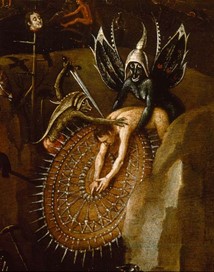
Bosch perfectly captures the exquisite agony a project manager experiences when trying to explain why a topic of concern that has been raised in the daily stand-up is an issue and not a risk.
Project managers enjoy nothing more than debating whether an issue is rated by severity or impact or explaining to the PMO that it is risks that have mitigating actions and not issues.
Team members who are assigned issues and associated deadlines in meetings that are scrupulously minuted and return the next week with no resolution and no recollection of the issue are traditionally mentioned in despatches using endearing nicknames.
A special seat, hard-wired to a 13 amp plug is usually set aside for random team member who have a light bulb moment in the middle of a project and suggest that MOSCOW analysis is a panacea for their scope issues.
Ascending and Descending: M.C. Escher’s paean to Problem solving

Maurits Escher’s moving image of a disciplined army of project managers on perpetual mission to tackle impossible challenges has many possible subtexts.
Some academics speculate that it symbolises the unachievable goals set by twenty-something stakeholders who refuse to take advice from experts who have done the job since the late 1990’s; others that it captures the euphoria of working for organisations that never learn the lessons of past project failures but remunerate consultants so well they can pay off their mother’s mortgage.
For me, it represents the utter dedication of project managers to a job from they will get intermittent satisfaction, plentiful half-hearted thanks and a visceral hatred of Microsoft Project.
Most companies will bend over backwards to support project managers in difficult times; that way they are much more likely to stay nailed to the cross that’s been erected pour encourager les autres.
Caravaggio’s parable on Accountability: The Crucifixion of Saint Peter
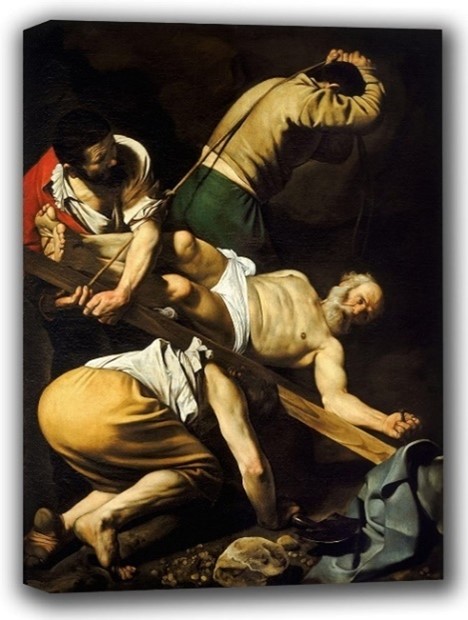
Accountability is a crucial component of a strong project hierarchy mainly because it leaves no doubt who is on the hook when the Inquisition starts conducting Lessons Learnt exercises.
Some people confuse accountability with responsibility but not project managers, who never forget that they are accountable for everything and responsible for nothing and so can always be blamed for what others neglect to do.
Johann Zoffany’s Allegory on the folly of detailed planning

As this portrait of a late baroque project manager with a fetish for fur trim illustrates, the biggest preoccupation of PM’s is with death and the passing of time. This is how we get the word ‘deadline’.
Like Zoffany’s subject, modern-day project managers still carry a skull with them as a mascot, a reminder of the transience of the work/life balance and somewhere safe to keep their PIDs.
Two centuries later, Salvador Dali’s Persistence of Memory reminded us that time and scope are malleable concepts on Agile projects and milestones are regarded by developers as the surreal imaginings of crazed stakeholders.
No wonder Zoffany’s project manager has the look of a man unafraid to stray from the critical path.
W.F. Yeames’ romantic study of Stakeholder Engagement: “When did you last see your test manager?”
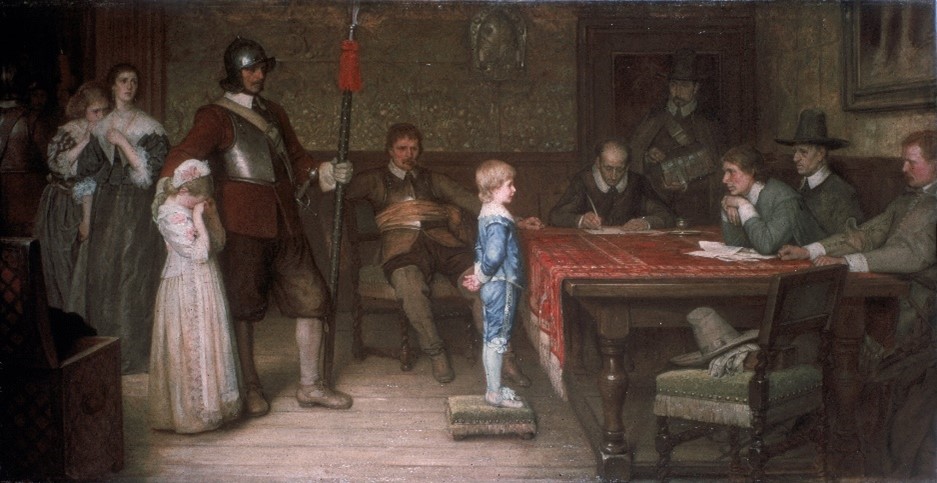
Being belittled in person by influential stakeholders is a sure testament to the degree of trust and confidence you have built up with your business colleagues.
The close working relationships that are cultivated during the course of a long project ensure the PM is always the first to receive a call when things start to go wrong.
At times of high tension, your line manager’s faith in your abilities is such that he or she does not need to turn up and support you when half the company calls a meeting to hear your excuses.
Yeames perfectly captures the tears of relief shed by your team leads when it is you that is handed a brown envelope and a dustbin bag.
Unattributed 16th century Dutch satire on Project Governance in the style of a Last Judgement
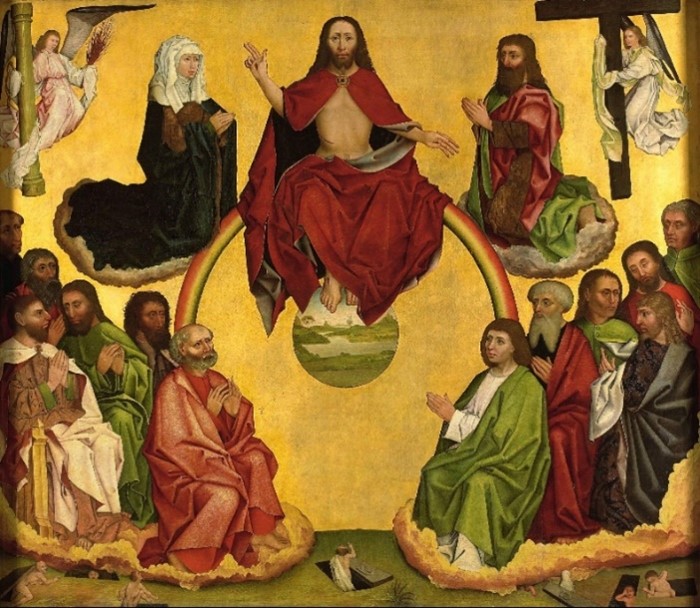
Steercos can be highly formal and self-righteous affairs, often using far more gold leaf and vermillion than is strictly necessary.
Chairmen have a tendency to be a bit high and mighty and, when the mood takes them, male. But in these much more enlightened times, harsh judgement is passed even-handedly on saints and sinners alike without any hint of discrimination.
Passing Stage Gates can sometimes feel a bit like a camel trying to go through the eye of a needle but the PMO will always be found genuflecting at His side, offering ready wisdom to the lost souls of project managers.
Continuous Improvement through the eyes of the Cultural Revolution : “Dare to think, dare to act
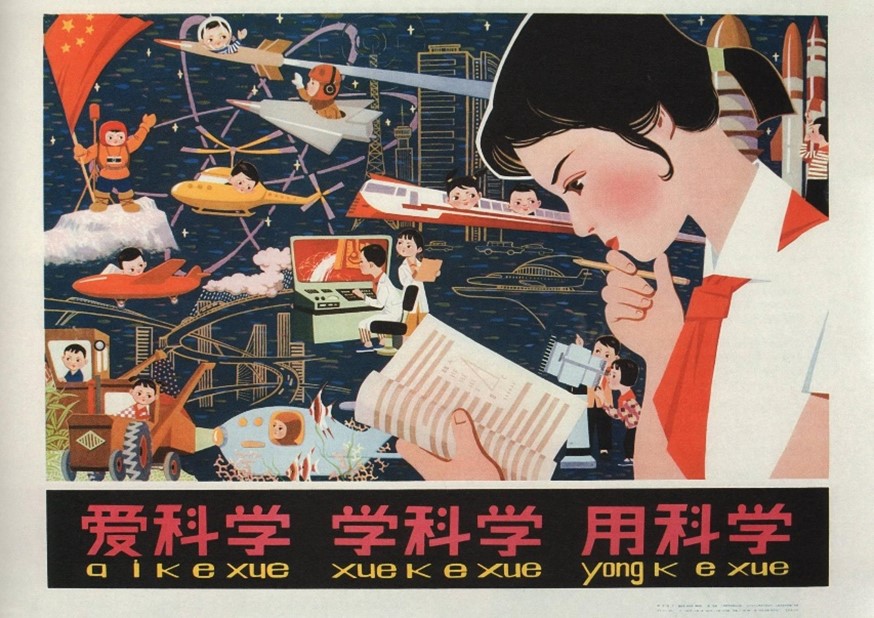
Project Managers must always keep up with the latest tools, techniques and buzzwords by embracing continuous improvement as their mantra.
“Better is never good enough” means remembering that however outlandish new methods might at first appear, innovation springs from exhausting every stupid idea before alighting on one that can offer a marginal benefit.
Accordingly, getting engineers to code to the rhythm of a bare-chested goliath beating a huge leather drum in order to improve efficiency, is worth trying as with any gimmick coming out of Silicon Valley.
And if a brain-storming meeting comes up with a proposal to improve morale with a team scratching post, show that you are open-minded and an engine of change by exclaiming appreciatively, “Cool” and “Good call, team”.
_____________________________
Paul Holmes is a failed project manager and ill-informed commentator on topics that he barely understands.
He is currently researching project management themes, motifs and symbols in 1960’s sci-fi tv and film and preparing a paper on what present day practitioners can learn from Star Trek’s Captain Kirk and his complex relationships with workstream leads Scotty, Spock and McCoy.




